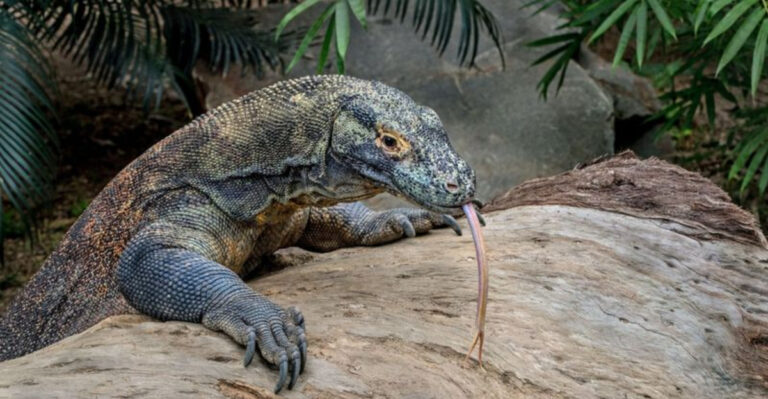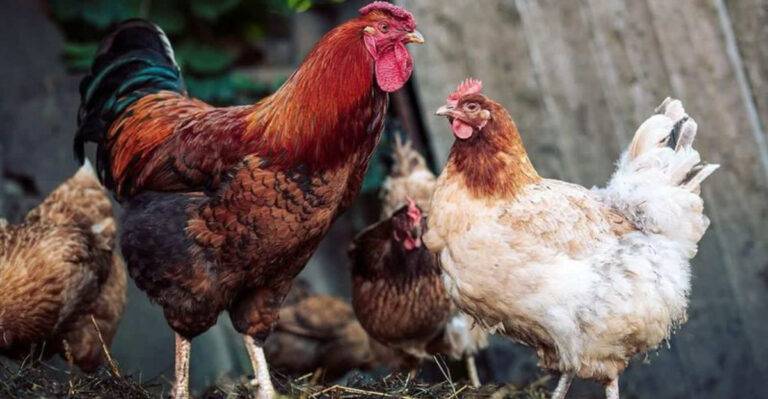Red-Eared Slider Lifespan: How Long Can These Turtles Live?
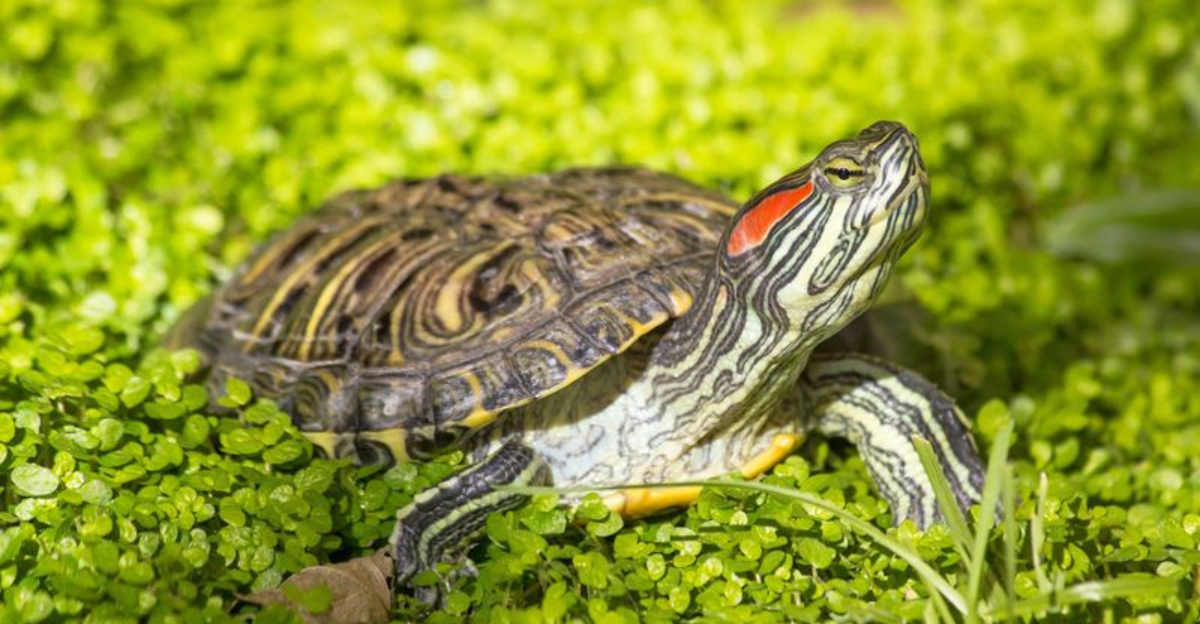
Red-eared sliders are one of the most popular pet turtles in the world, known for their distinctive red stripe behind their eyes. These semi-aquatic reptiles can live surprisingly long lives when properly cared for.
If you’re considering getting one as a pet or just curious about these fascinating creatures, understanding their lifespan and care needs is essential.
1. Average Lifespan Of A Red-Eared Slider

Red-eared sliders typically live between 20 to 30 years in captivity, though some have reached 40 years or more!
Their longevity depends on several factors including genetics, diet quality, and living conditions. With proper care, these turtles often outlive many other common household pets.
2. How Long Do Red-Eared Sliders Live In The Wild?

Wild red-eared sliders generally live 20-30 years, slightly less than their captive counterparts.
Predators like raccoons, herons, and larger fish often target hatchlings, with only about 1% surviving to adulthood. Environmental challenges including pollution, habitat loss, and extreme weather events further impact their natural lifespan.
3. Factors That Affect Red-Eared Slider Lifespan
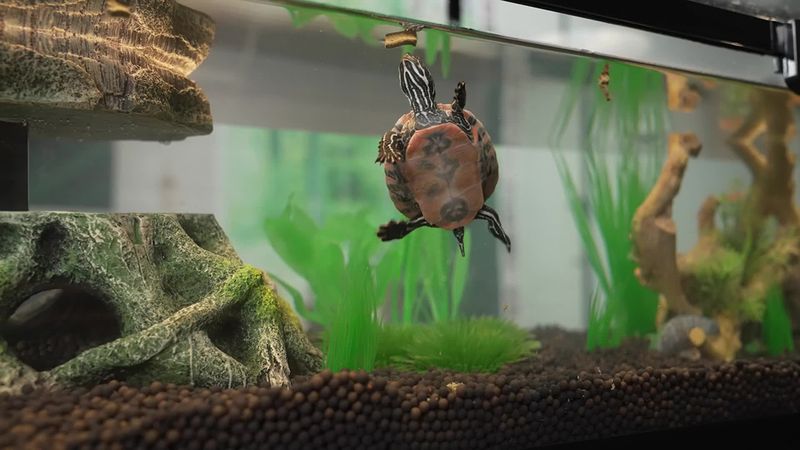
Water quality plays a crucial role in slider health—poor conditions lead to infections and shortened lives.
Temperature regulation matters too; these reptiles need proper basking areas to regulate their metabolism. Stress from overcrowding, inadequate hiding spots, or frequent handling can weaken their immune systems and reduce longevity.
4. Lifespan Of Red-Eared Sliders In Captivity Vs. The Wild

Captive sliders often outlive their wild relatives by 5-10 years when provided optimal care.
Regular meals, veterinary access, and protection from predators give pet turtles significant advantages. However, improper captive conditions—like cramped tanks or poor diets—can actually result in shorter lives than those in suitable natural habitats.
5. The Impact Of Proper Care On A Red-Eared Slider’s Lifespan
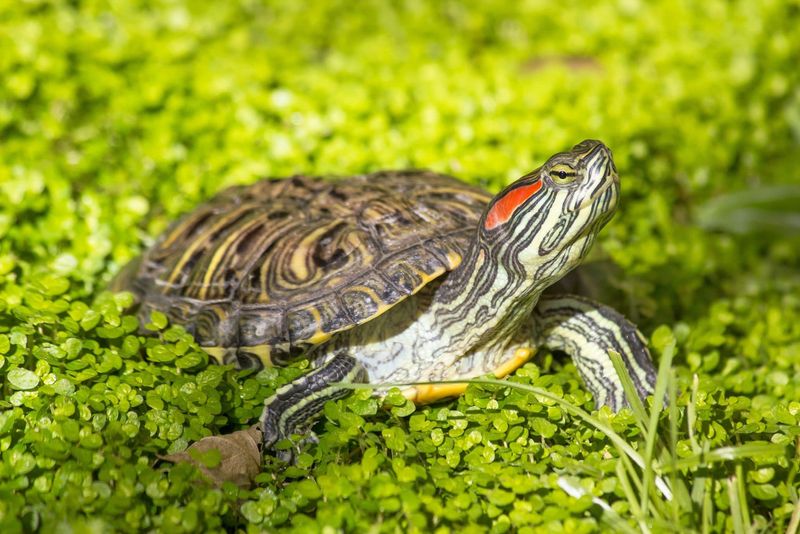
Proper UVB lighting prevents metabolic bone disease, a common ailment that can dramatically shorten a slider’s life.
Regular tank cleaning prevents harmful bacterial growth that leads to shell rot and respiratory infections. Appropriate tank size—at least 10 gallons per inch of shell—allows for exercise and natural behaviors essential for longevity.
6. Do Red-Eared Sliders Age Like Other Turtles?

Unlike humans who show obvious aging signs, sliders age more subtly. Their growth slows dramatically after 7-10 years.
Shell scutes may develop wear patterns and slight discoloration with age. Senior sliders often become less active and may develop arthritis, though they maintain their appetite and alertness well into their golden years.
7. How Can You Extend The Lifespan Of A Red-Eared Slider?
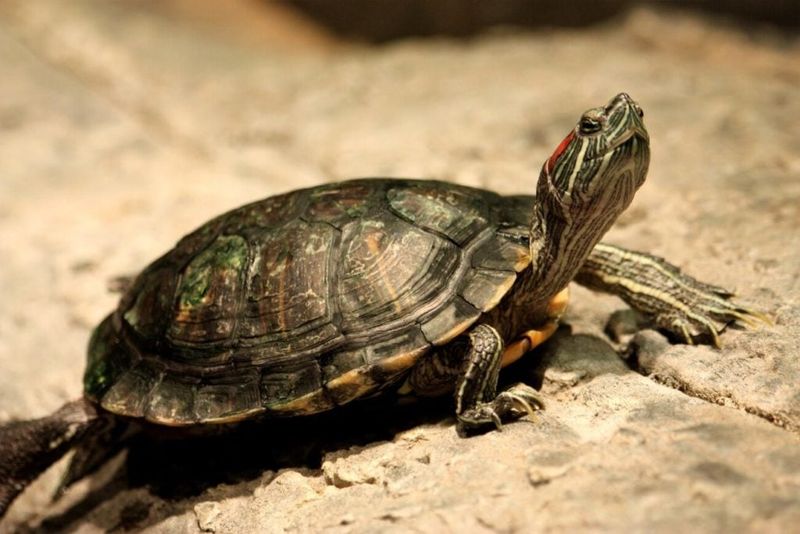
Annual veterinary check-ups catch health issues before they become serious, potentially adding years to your slider’s life.
A varied diet including commercial turtle pellets, dark leafy greens, and occasional treats like crickets provides essential nutrients. Maintaining water temperature between 75-80°F supports optimal immune function and digestion.
8. Red-Eared Slider Care: What You Need To Know
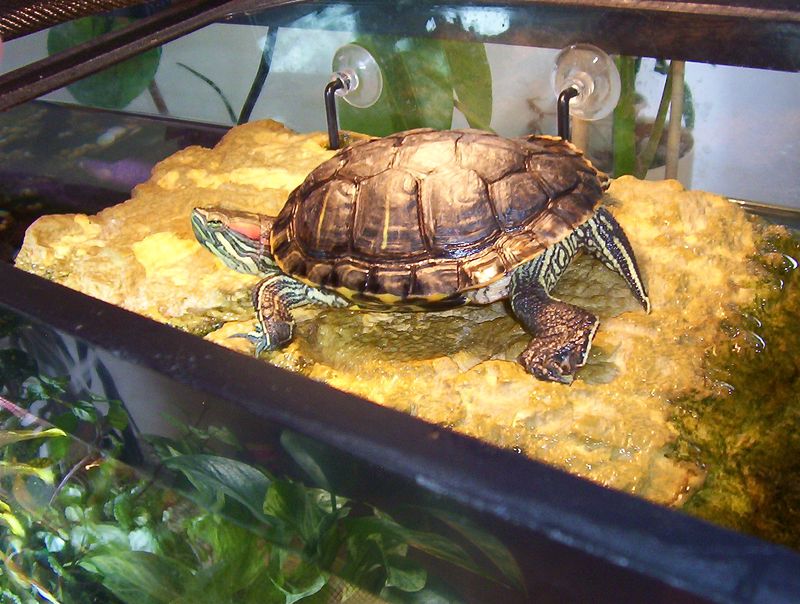
These turtles require more than just a small bowl—they need tanks with water depth at least twice their shell height.
A dry basking area with UVB lighting is non-negotiable for proper shell and bone development. Filters rated for at least twice your tank volume help maintain water quality, reducing maintenance frequency and preventing disease.
9. Common Health Issues In Red-Eared Sliders
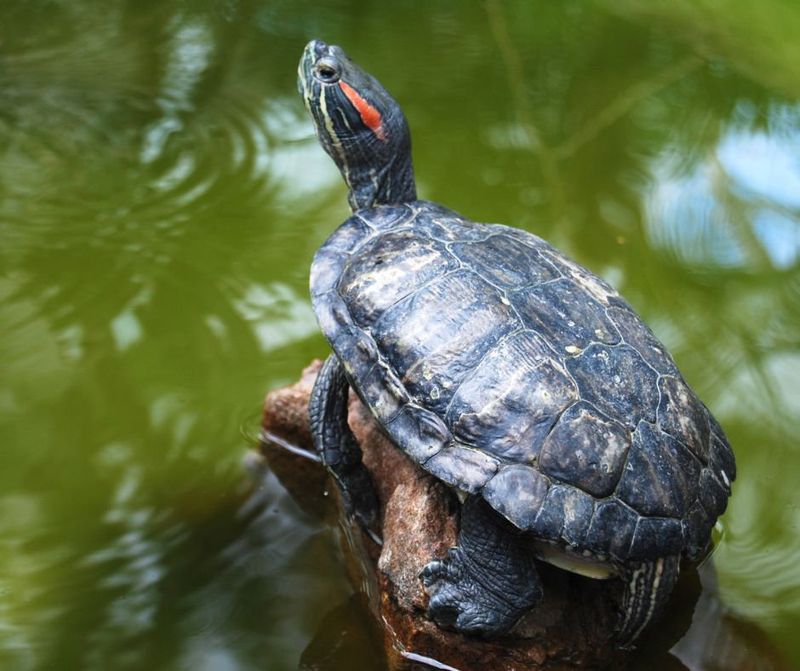
Vitamin A deficiency causes swollen eyes and respiratory problems—a balanced diet prevents this common issue.
Shell rot, appearing as soft or discolored patches, requires immediate veterinary attention. Respiratory infections, signaled by wheezing or bubbling from the nose, can be fatal if untreated but respond well to early antibiotic intervention.
10. Diet Of Red-Eared Sliders: What They Eat And How It Affects Their Lifespan
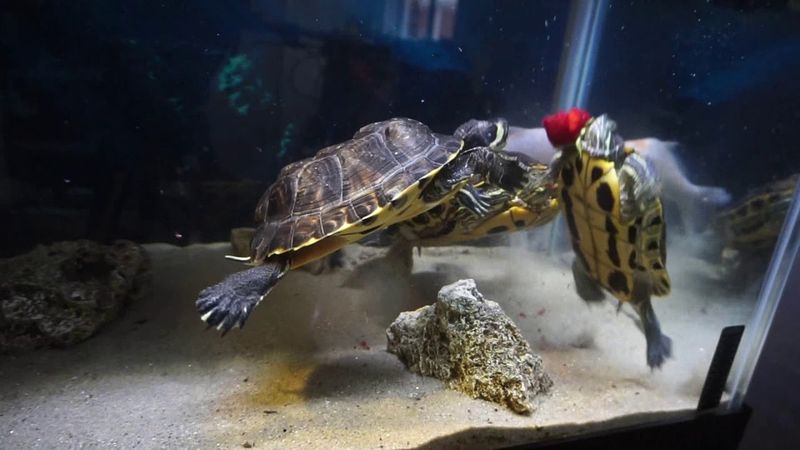
Young sliders need protein-rich diets (about 70% protein), while adults should shift to primarily plant matter (70% vegetables).
Calcium supplements dusted on food 2-3 times weekly prevent shell deformities and metabolic bone disease. Overfeeding is a silent killer—adult sliders only need feeding every 2-3 days to maintain healthy weight and organ function.
11. The Red-Eared Slider’s Natural Habitat
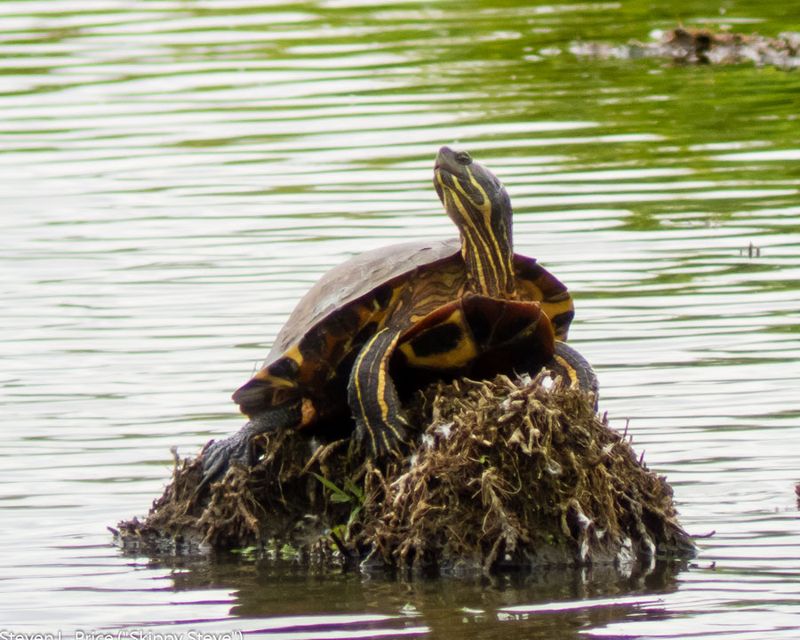
Native to the Mississippi River basin, these adaptable turtles thrive in slow-moving waters with abundant basking spots.
They prefer ponds, lakes, and marshes with soft bottoms for hibernation during colder months. This natural environment provides varied diet options and the temperature gradients essential for their thermoregulation and reproductive cycles.
12. Red-Eared Slider Behavior And Social Structure
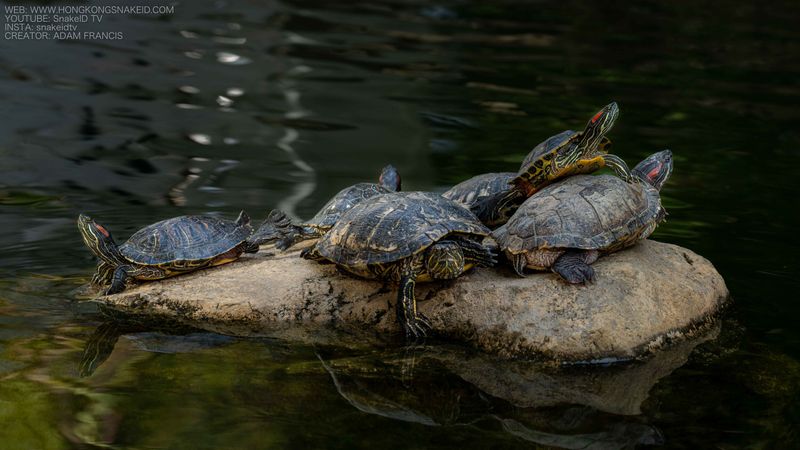
Contrary to popular belief, sliders aren’t social creatures—they tolerate rather than seek companionship.
Dominance behaviors like competing for basking spots can stress subordinate turtles. They communicate primarily through body language and pheromones, with males performing a unique courtship dance involving vibrating their long front claws against a female’s face.
13. Red-Eared Sliders As Pets: What To Expect
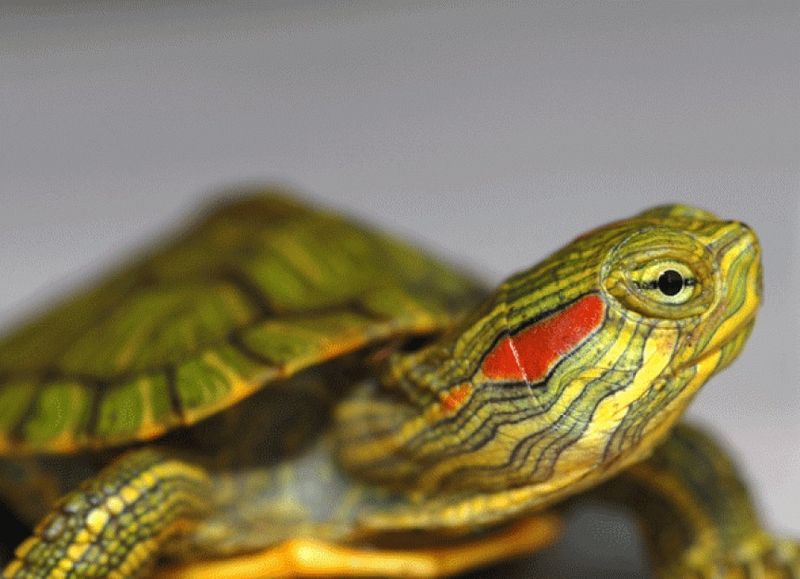
First-time owners are often surprised by these turtles’ decades-long commitment—they’re not disposable pets!
Sliders recognize their keepers and may swim to the front of the tank when you enter the room. While not cuddly, they develop distinct personalities; some become curious about activities outside their tank while others remain shy throughout life.
14. Red-Eared Sliders In The Wild: How They Adapt To Their Environment
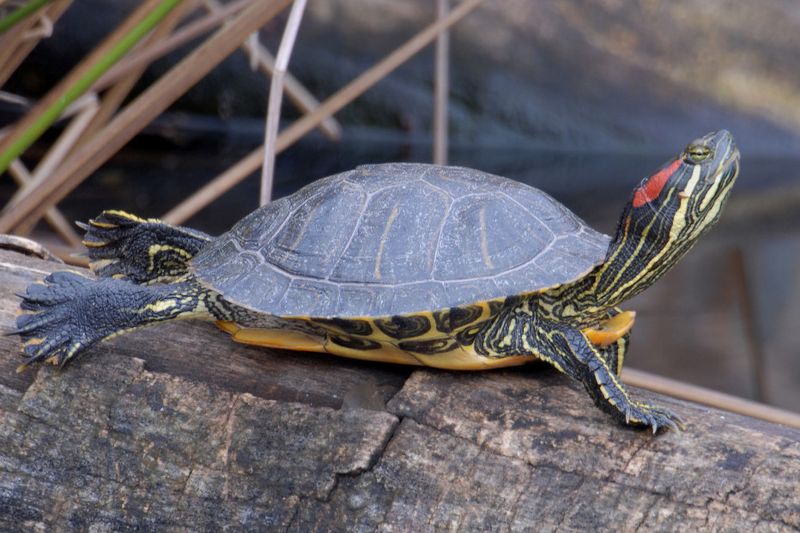
Masters of thermoregulation, wild sliders bask when cool and submerge when overheated.
They can survive winter by entering brumation—a reptilian hibernation where metabolism slows dramatically. These hardy reptiles can detect barometric pressure changes, often increasing basking before storms, and can travel surprising distances overland to find new water sources during droughts.
15. Why Red-Eared Sliders Are Popular Pets

Their striking appearance—olive-green shells contrasted with bright red ear markings—makes them visually appealing pet choices.
Relatively affordable compared to many reptiles, slider hatchlings typically cost $15-30. Their hardiness forgives minor care mistakes that would prove fatal to more sensitive species, making them suitable for responsible beginners to reptile keeping.



